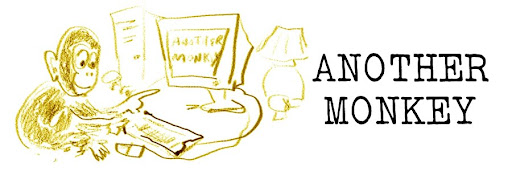I stopped over my house today to mow the lawn. Afterwards something strange and spooky but ultimately wonderful happened...but I won't write about that just yet. Maybe not ever, not here anyway. Don't want y'all thinking I believe in ghosts.
But in between mowing the lawn and the thing I'm not writing about, I had a little sit-down time with a short story collection by one of my favorite Science Fiction authors, Larry Niven.
I first read Larry Niven back in 1980 or so, when I was first getting into reading Science Fiction. Oh, I had been a Science Fiction fan for years, but it had mostly been through television, Doctor Who on PBS and Space: 1999 and reruns of Star Trek and endless rounds of SF movies on TV, from the Planet of the Apes series (later a TV series) to random stuff with aliens and rocket ships. The paradigm shifted in 1977 with the release of Star Wars, and things were never the same.
I'm not sure why I waited so long to pressure my parents into letting me join the Science Fiction Book Club, but I did. My initial package contained The Hugo Winners Volumes 1 & 2, Barlowe's Guide to Extraterrestrials, and a few others whose identities I might be able to eventually dredge up. The Hugo Winners was a treat, a smorgasbord of excellent short stories and novellas by some of the finest writers of the 1960s and 1970s, all tied together with Isaac Asimov's introductions and personal comments. It was my first exposure to the writings of Poul Anderson, Harlan Ellison, Philip Jose Farmer, and Larry Niven.*
Larry Niven's Hugo Award-winning story was "Neutron Star." This was not just my first exposure to the writings of Larry Niven, it was also my first exposure to what is known as "Hard" Science Fiction, Science Fiction that is woven out of elements of real science and technology and, with specific exceptions, is bound by the constraints of the laws of Physics. In "Neutron Star", for example the concept of a Neutron Star is carefully explained, and the effect of coming too close to one is the main point of the story. Terms are explained using real physical dimensions, temperatures are given on the Kelvin scale, and characters behave according to real physical laws - with the exception of hyperdrive, the device that allows very fast travel across interstellar distances without the constraint of the speed of light or all the effects of relativistic time dilation.
Also, the two-headed, three-legged Pierson's Puppeteer, a main character in "Neutron Star", was illustrated in Barlowe's Guide to Extraterrestrials. A nice little crossover.
These stories came at a critical time in my life. Just before The Hitchhiker's Guide to the Galaxy, just before the Triple Conjunction of 1981, just around the time of the first Space Shuttle launch and the release of Cosmos. All these things, in some way, have helped to make me the person who I am today, for better or for worse.
***
I flipped the book that I was reading today open to the back, where they had a mini-biography of Larry Niven that noted that he was born on April 30, 1938. Which means that today is his 70th birthday. Happy birthday, Larry Niven!
*Turns out I had had my first exposure to Larry Niven years earlier through the Star Trek animated series. The episode "The Slaver Weapon" was based on his Known Space story "The Soft Weapon." I had also first been exposed to Harlan Ellison throgh his episode of the original Star Trek series called "The City on the Edge of Forever."
Waning gibbous, February 20, 2022, 3:45 AM
2 years ago






















2 comments:
Niven is one of those authors that I haven't yet read but is on my "to read" list.
"Netron Star" is a good place to start. "N-Space" by Tor Books is a nice anthology, but there are lots of different collections of his stuff out there.
"The Locusts" is one of his most thought-provoking stories. It's a co-written work. "Inconstant Moon" is another excellent intro. I've always wanted to pen a companion piece, "Inconstant Earth."
Post a Comment